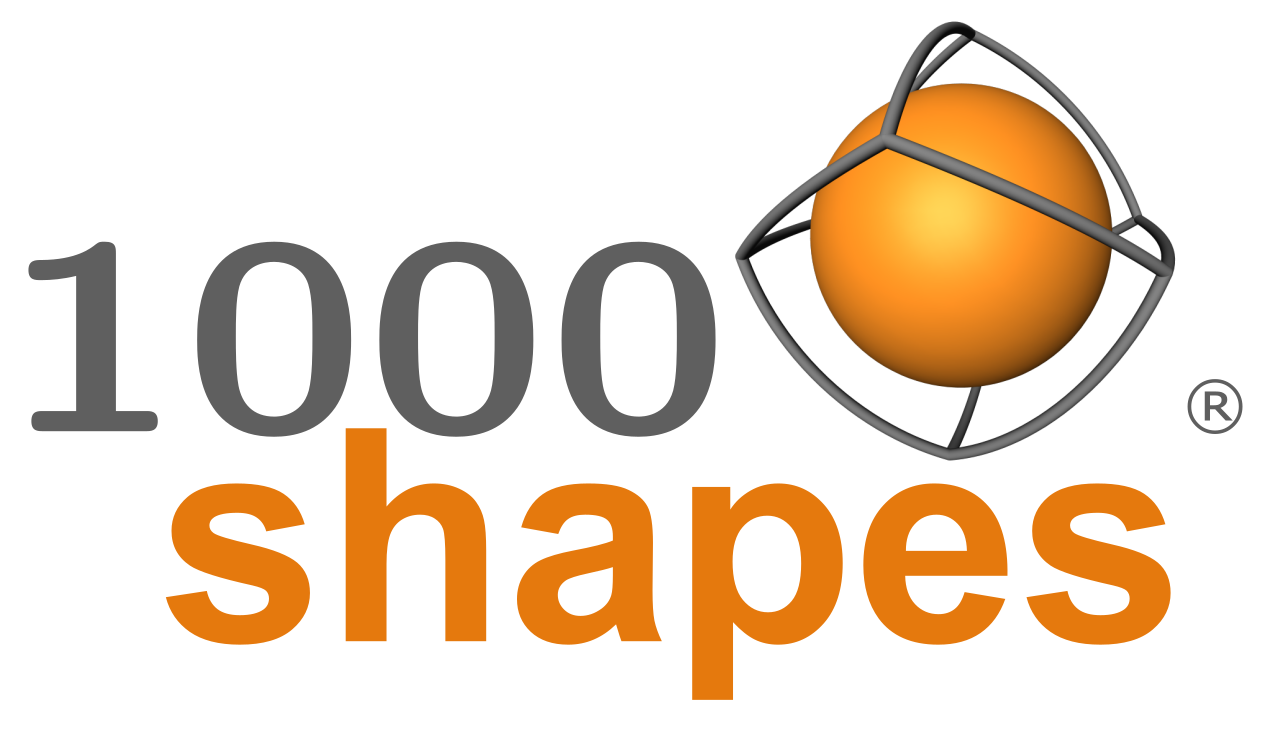SEG.A. 2023
Segmentation of the Aorta

Special mention in the MICCAI challenge highlights for the section "New Analysis Method."
🥳 We are happy to announce that the proceedings of the SEG.A.2023 challenge are published in the Lecture Notes in Computer Science (LNCS) series. You can have free access (till March 25, 2024) at the published material at the following link.
Description
The aorta is the main artery of the human body, and, with its branch arteries, it forms the aortic vessel tree (AVT) and supplies the whole body with blood [1]. Monitoring patients with aortic diseases requires a regular screening of the vessels for disease development [2]. The standard image modality for clinical assessment is computed tomography angiography (CTA), which provides a detailed view of the AVT [3]. Optimally, the whole AVT geometry is reconstructed and compared over time with the geometry of subsequent CTA scans. This comparison is performed not only to detect changes related to the primary pathology but also to detect peripheral changes or new co-morbidities. However, manual execution of this task requires slice-by-slice contouring, which can require up to a whole day for one scan of the AVT, making this task unfeasible in clinical practice.
Furthermore, an accurate reconstruction can be used to analyze the blood flow and the outcome of endovascular procedures employing numerical simulations. For this, AI-supported automatic segmentation methods have shown to be a possible solution, which can run in real-time or in the background of the clinical routine. Open problems are the translation of these algorithms
- To work in several clinical institutions, because of different scanning protocols, especially concerning scanning devices, radiation dose, and contrast agents, which lead to varying Hounsfield values in the AVT
- To rely on a limited amount of labeled data given the long annotation time.

Tasks
Each task is ranked separately. The authors are also requested to submit an article that describes the proposed method using the Springer LNCS template. Details on the article submission will follow. Authors of valid submissions will be invited to contribute to a summary article of the SEG.A. challenge. The article will be submitted to a top-tier journal (IEEE TMI, MedIA, etc.). Details will follow.
Main task - Segmentation of the Aortic Vessel Tree
In the main task of this challenge, we target the problem of aortic vessel tree segmentation (AVT) before diagnosing any aortic pathology. We provide the participants with a training set of AVTs and the corresponding manual segmentations from three institutions. Based on this training set, participants are expected to design algorithms for automatic AVT segmentation. All the proposed methods will be evaluated based on a hidden test set from a fourth institution using Dice Similarity Score (DSC) and Hausdorff Distance (HD). The reconstruction of the AVTs needs to be ideally artifact-free for visualization and blood flow simulation. The task is divided in 3 phases, described into the submission instructions.
SUBTASK 1 - Volumetric meshing of the Aortic Vessel Tree (optional)
In the first optional subtask, a group of clinical specialists will evaluate the reconstructed surface geometries qualitatively. The evaluation focuses on the number of branch arteries and the overall visual quality.
SUBTASK 2 - Surface meshing for visualization of the Aortic Vessel Tree (optional)
The teams provide a volumetric mesh representation of the AVT in the second optional subtask. The submission will be quantitatively evaluated in terms of mesh validity for applications of computational fluid dynamics using the scaled Jacobian and the number of mesh elements.
Organized by


Supported by
TU Graz LEAD Project

https://www.tugraz.at/projekte/biomechaorta/home
Sponsor

References
[1] Jin, Yuan, et al. "Ai-based aortic vessel tree segmentation for cardiovascular diseases treatment: status quo." arXiv preprint arXiv:2108.02998 (2021). https://arxiv.org/abs/2108.02998
[2] Pepe, Antonio, et al. "Detection, segmentation, simulation and visualization of aortic dissections: A review." Medical image analysis 65 (2020): 101773. https://doi.org/10.1016/j.media.2020.101773